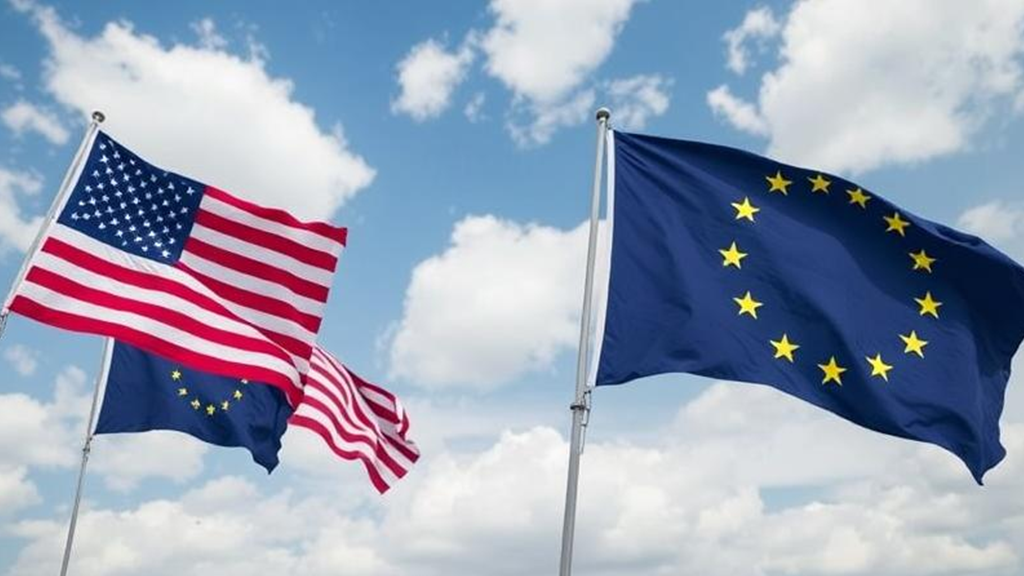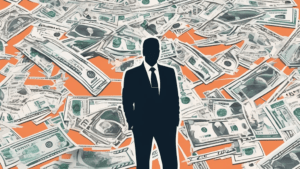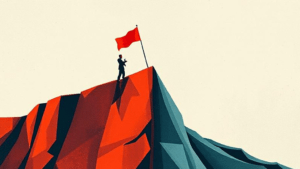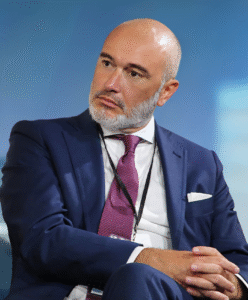
Why Skills-First Leadership Is Replacing the Ivy League Playbook in the C-Suite
The old prestige pyramid—where Ivy League degrees and blue-chip consulting backgrounds paved the way to the CEO seat—is cracking.

February 12, 2025: Donald Trump has announced a 25% tariff on all steel and aluminum imports, reigniting trade tensions between the US and its key partners. The European Union has vowed retaliation, warning that these tariffs will not go unanswered.
The decision to take effect on March 4 marks a return to aggressive trade policies that defined Trump’s previous term. The EU, which negotiates trade agreements on behalf of its member states, has already begun preparing countermeasures. In 2018, a similar move led to €2.8 billion in retaliatory tariffs on US goods, affecting industries from agriculture to luxury products.
Markets reacted swiftly, with concerns over a broader trade war impacting global supply chains. Analysts fear additional tariffs could escalate beyond metals, dragging sectors like automobiles, technology, and consumer goods into the dispute. Given the EU’s past responses, US exports such as whiskey, motorcycles, and agricultural products could be targeted again.
The trade dispute is not limited to Europe. China, Canada, and Mexico are also reviewing potential countermeasures. China, in particular, has engaged in previous rounds of tit-for-tat tariffs with the US, affecting hundreds of billions of dollars in trade.
US manufacturers and businesses reliant on imported steel and aluminum are warning of higher production costs, which could lead to increased consumer prices. Meanwhile, domestic steel producers have welcomed the move, arguing that it protects American jobs and prevents unfair competition from subsidized foreign industries.
Diplomatic talks are expected in the coming weeks, but if both sides refuse to compromise, a prolonged trade conflict could disrupt key economic sectors. The EU is expected to finalize its list of retaliatory tariffs soon, setting the stage for a potential standoff between two of the world’s largest economies.

The old prestige pyramid—where Ivy League degrees and blue-chip consulting backgrounds paved the way to the CEO seat—is cracking.

Loud leaders once ruled the boardroom. Charisma was currency. Big talk drove big valuations.

But the CEOs who make history in downturns aren’t the ones with the deepest cuts

Companies invest millions in leadership development, yet many of their best executives leave within a few years. Why?

The most successful business leaders don’t just identify gaps in the market; they anticipate future needs before anyone else.

With technological advancements, shifting consumer expectations, and global interconnectedness, the role of business leaders

Following a distinguished Law Enforcement career Joe McGee founded The Securitatem Group to provide contemporary global operational specialist security and specialist security training products and services for private clients, corporate organisations, and Government bodies. They deliver a wide range of services, including complete end-to-end protection packages, close protection, residential security, protection drivers, and online and physical installations. They provide covert and overt investigations and specialist surveillance services with a Broad range of weapons and tactical-based training, including conflict management, risk and threat management, tactical training, tactical medicine, and command and control training.

Jay Wright, CEO and Co-Owner of Virgin Wines infectious energy, enthusiasm, passion and drive has been instrumental in creating an environment that encourages talent to thrive and a culture that puts the customer at the very heart of every decision-making process.

Fabio de Concilio is the visionary CEO & Chairman of the Board at Farmacosmo, a leading organization dedicated to mental health and community support services. With a deep commitment to identifying and meeting customer needs, Fabio ensures that high standards are maintained across the board.

Character Determines Destiny – so said Aristotle. And David CM Carter believes that more than anything else. For David, it has been numerous years of research into codifying Entelechy Academy’s 54 character qualities that underpin everything he stands for as a leader and teacher.


Leave us a message
Subscribe
Fill the form our team will contact you
Advertise with us
Fill the form our team will contact you